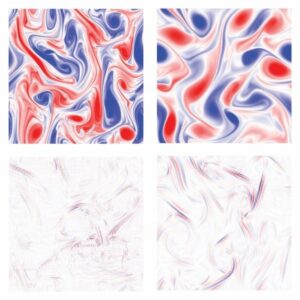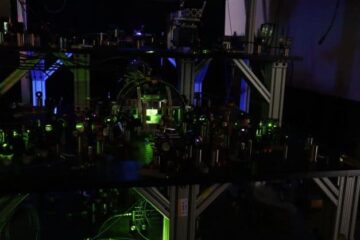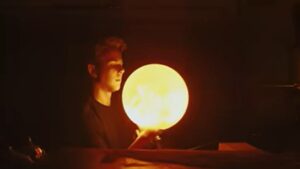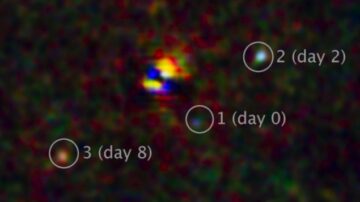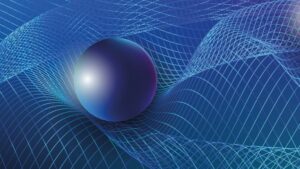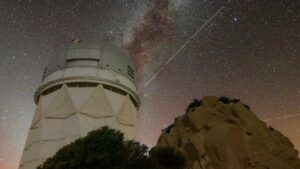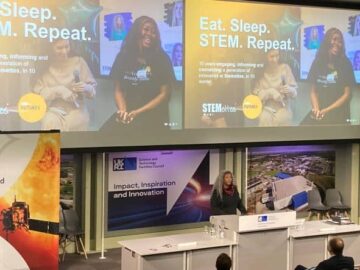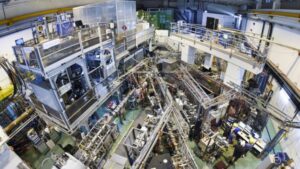Thousands of delegates from around the globe will converge on San Francisco’s Moscone Center to discuss and explore the latest innovations in lasers, optics and photonic technologies
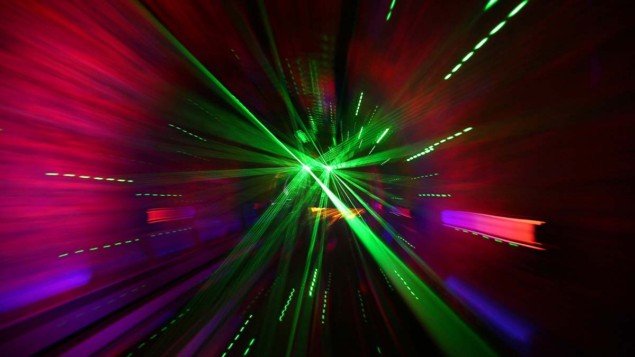
This year’s Photonics West kicks off on 27 January with its unique combination of scientific conferences, industry symposia, and world-class technical exhibits. The opening weekend will focus on BiOS, the world’s largest event for biophotonics and biomedical imaging, which features almost 50 parallel conference tracks, an industrial exhibition, and the popular and dynamic Hot Topics session.
During the week the main Photonics West event will take centre stage, with scientific conferences on lasers and optics, a dedicated industry programme, and a technical exhibit featuring more than a thousand companies. Plenary sessions for the OPTO and LASE conferences include presentations on silicon photonics, neuromorphic devices, and electrically-controlled metasurfaces, while Ahmed Diallo, program director for ARPA-E (Advanced Research Projects Agency-Energy), will share his vision for fusion energy projects supported by the agency.
This year’s programme also sees an expanded remit for Quantum West. Several conference sessions will be complemented with a two-day industrial exhibit and the inaugural Quantum West Business Summit, in which industry leaders will examine the opportunities and challenges for commercializing novel quantum technologies.
Other high-profile industry events during the week include the popular Start-Up Challenge, as well as the co-located AR | VR | MR conference on hardware solutions for augmented and virtual reality. Meanwhile, the main exhibition floor will be open from Tuesday to Thursday, allowing delegates to connect with suppliers and learn about the latest innovations in components, instruments and systems. Some of the latest advances are highlighted below.
Precision equipment targets applications across diverse industries
For 25 years Mad City Labs has provided precision instrumentation for research and industry, including nanopositioning systems, micropositioners, single-molecule microscopes, atomic-force microscopes (AFMs), and customized solutions.
New for 2024 is the MadAFM, a sample-scanning AFM that supports multiple microscopy modes for diverse applications in materials characterization and the life sciences. Simple to install with a compact table-top design, the microscope exploits the company’s closed-loop nanopositioning systems for precise movement of the sample and probe.
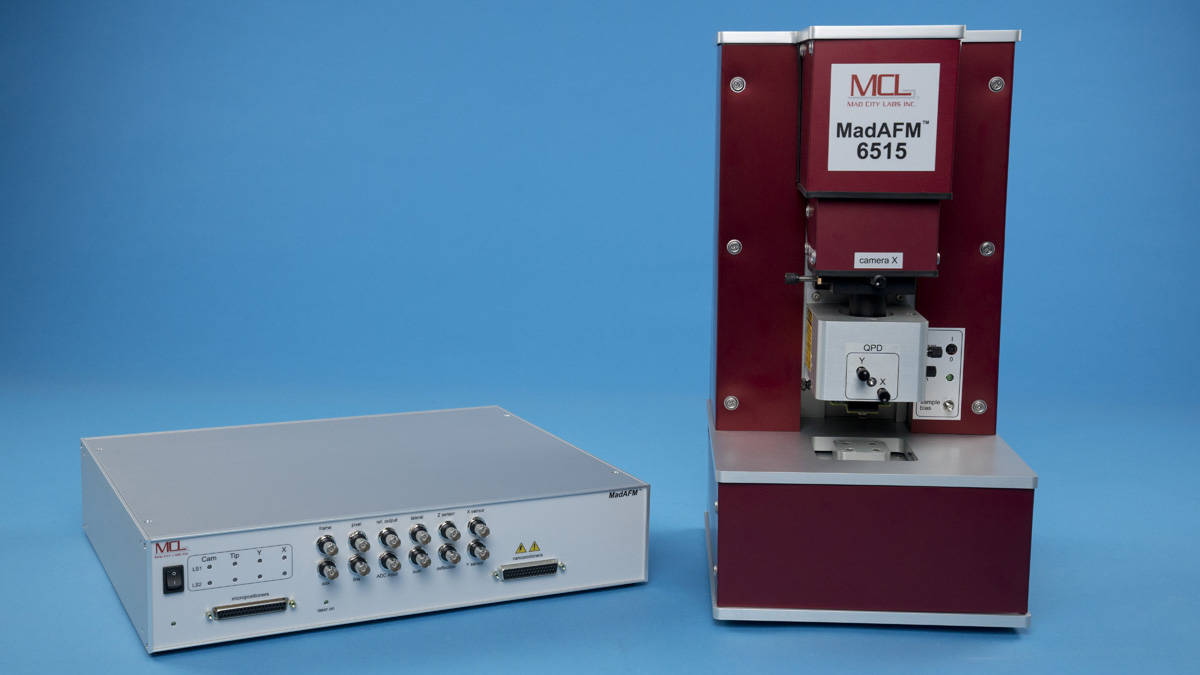
These piezo nanopositioners feature the company’s proprietary PicoQ sensors, which provide ultralow noise and excellent stability to yield sub-nanometre resolution. When used with AFMs, the nanopositioning systems provide true decoupled motion with virtually undetectable out-of-plane movement, while their precision and stability yields high positioning performance and control. These attributes make Mad City Labs’ nanopositioners not only suitable for AFMs, but also ideal for a range of applications in astronomy, photonics, metrology and quantum sensing.
The MadAFM joins the company’s existing line-up of instruments for AFM and near-field scanning optical microscopy. Both optical deflection and resonant probe AFMs are available, with the latter designed to provide a flexible configuration for applications such as quantum sensing and scanning nitrogen-vacancy magnetometry.
Other products include the RM21 single-molecule microscope, which offers direct optical pathway access, high stability, and precision alignment. Meanwhile, the unique MicroMirror TIRF system offers multi-colour total internal-reflection fluorescence microscopy with an excellent signal-to-noise ratio and efficient data collection, along with an array of options to support multiple single-molecule techniques.
In addition to turnkey instruments, Mad City Labs offers standalone micropositioning products such as optical microscope stages, compact positioners for photonics, and the Mad-Deck XYZ stage platform. These products employ proprietary intelligent control to optimize stability and precision. The micropositioning products are compatible with the high resolution nanopositioning systems enabling users to develop solutions tailored to their applications.
- Find out more at BiOS booth #8430 and Photonics West booth #3430
Vibration isolation platform adapts to space constraints
The new CT-10 passive isolator from Minus K Technology is the industry’s thinnest vibration isolation platform, making it ideal for applications in microscopy, metrology and photonics systems. With a footprint of 320 x 320 mm and a height of just 68 mm, the CT-10 platform is also capable of isolating vibrations down below 1 Hz.
The completely passive unit exploits a series of mechanical isolators to deliver a vertical natural frequency of 0.5 Hz, and around 1.5 Hz for horizontal natural frequencies – considerably better than can be achieved with air tables or active systems. “Vibration isolators for small microscopes, especially AFM, have typically been much larger than needed,” said Erik Runge, the company’s vice-president for engineering. “The CT-10 offers the signature 0.5 Hz vertical performance we have become known for, but in a much smaller package.”
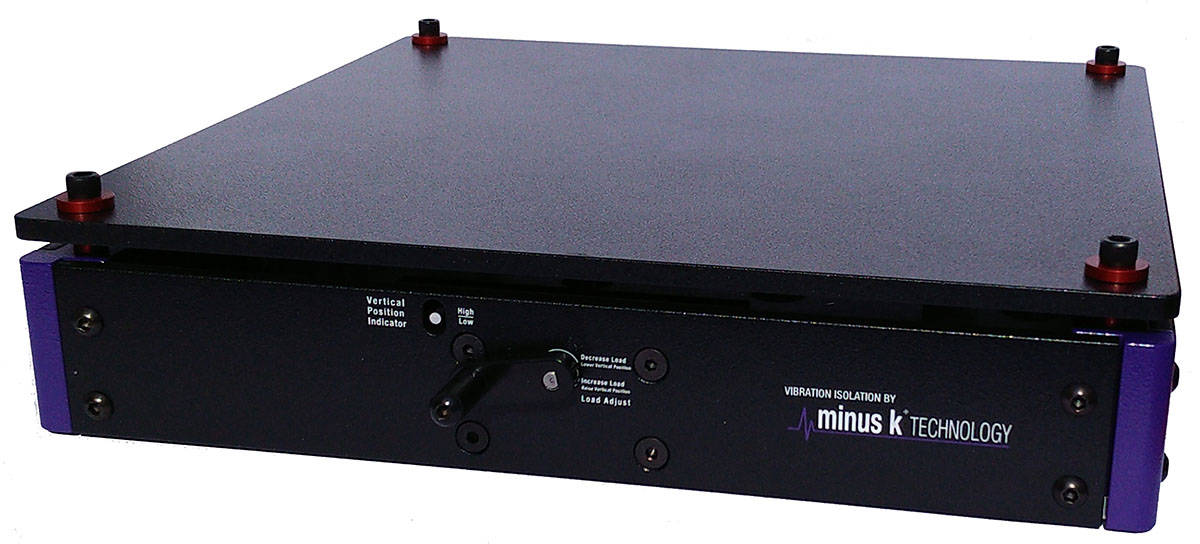
The CT-10 platform achieves a high level of isolation in multiple directions, and also offers the flexibility to tailor the vertical resonant frequency to meet the needs of the application. When adjusted to a vertical natural frequency of 0.5 Hz, the platform achieves an isolation efficiency of around 93% at 2 Hz, 99% at 5 Hz, and 99.7% at 10 Hz.
The passive design does not require electrical power or compressed air. There are no motors, pumps or chambers, and no need for regular maintenance. The tabletop solution can also be easily moved between locations for extra flexibility.
- For more information, visit Photonics West booth #1065 or watch the video from last year’s event
Laser engine extends its reach
Modulight has added new application-specific capabilities to its established ML6600 laser solution. This advanced laser platform exploits predictive analytics and machine learning algorithms to enable preventative maintenance as well as automated beam alignment, reducing the need for equipment manufacturers to make site visits for system adjustments.
In a system specifically designed for flow cytometry, the ML6600 laser engine provides focused, noise-free, and monochromatic output at four different wavelengths: 405 nm (violet), 488 nm (blue), 561 nm (yellow), and 638 nm (red). The output beams have flat-top profiles and are pre-configured into a beam ladder, while the system has a built-in CCD camera to enable easy beam monitoring.
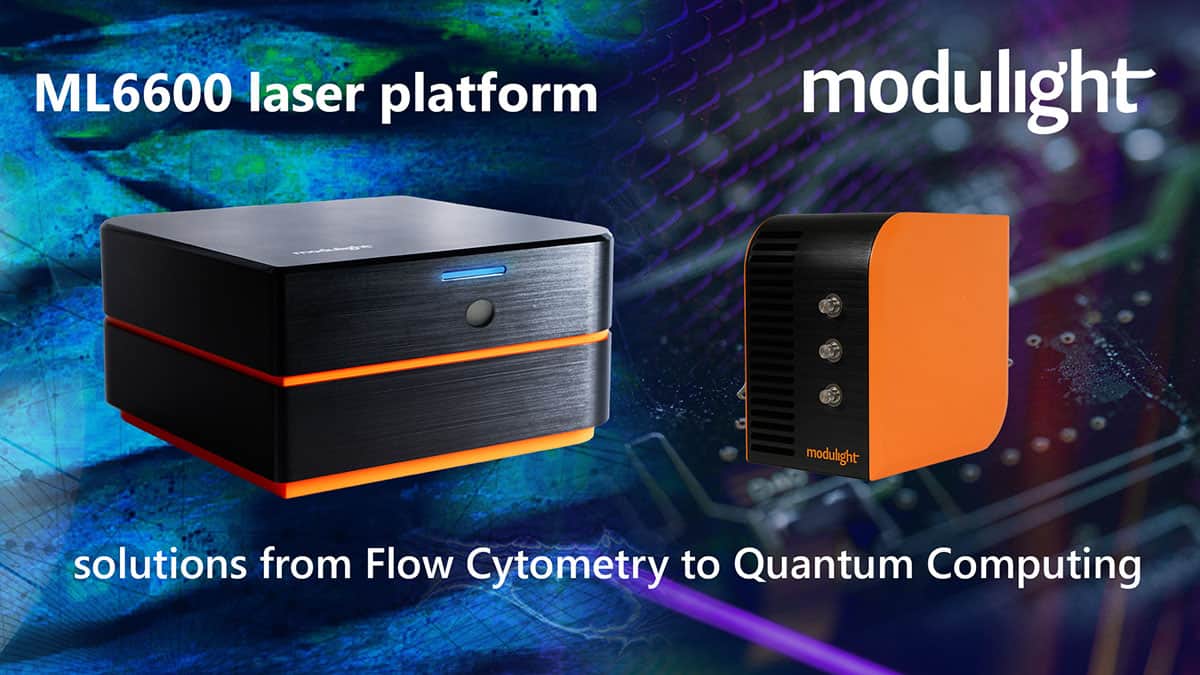
“The most unique feature of ML6600 for flow cytometry is the automatic AI-based active beam alignment system, which enables active steering of each beam,” says Tommi Hakulinen, product manager at Modulight. “We have heard the main concern of OEM integrators: repeated service visits to realign the laser beams are a major cost item and delay the actual work.”
For applications in quantum computing, the company has also released a number of single-frequency laser diodes that can be used with the ML6600 platform. Based on distributed Bragg reflectors that lock the emission to a single frequency, the laser diodes operate at 760 nm, 780 nm, 795 nm, and 935 nm.
The lasers have been designed to emit light with a narrow linewidth of 500–1000 kHz and a power of several hundred milliwatts, which can be increased to the watt-level through the use of a tapered amplifier. VECSEL devices operating at 493 and 553 nm have also been added for trapped-ion applications that exploit barium, offering a narrow linewidth, watt-level power output, and excellent beam quality.
- To find out more, visit Modulight at Photonics West booth #1267 or contact sales@modulight.com
External-cavity diode lasers deliver precision, resilience and flexibility
DRS Daylight Solutions has launched Stretto, a family of high-precision lasers operating from ultraviolet wavelengths through to the infrared. Drawing its name from the intricate overlapping of musical notes, Stretto exploits precision and sophistication in laser technology to provide best-in-class performance across a wide range of wavelengths.
The Stretto system has been engineered to provide a versatile product platform that can easily be expanded while also maintaining a uniform footprint and interface. This design philosophy enables straightforward integration into OEM systems, and is ideal for industries and applications that demand high precision and reliability.
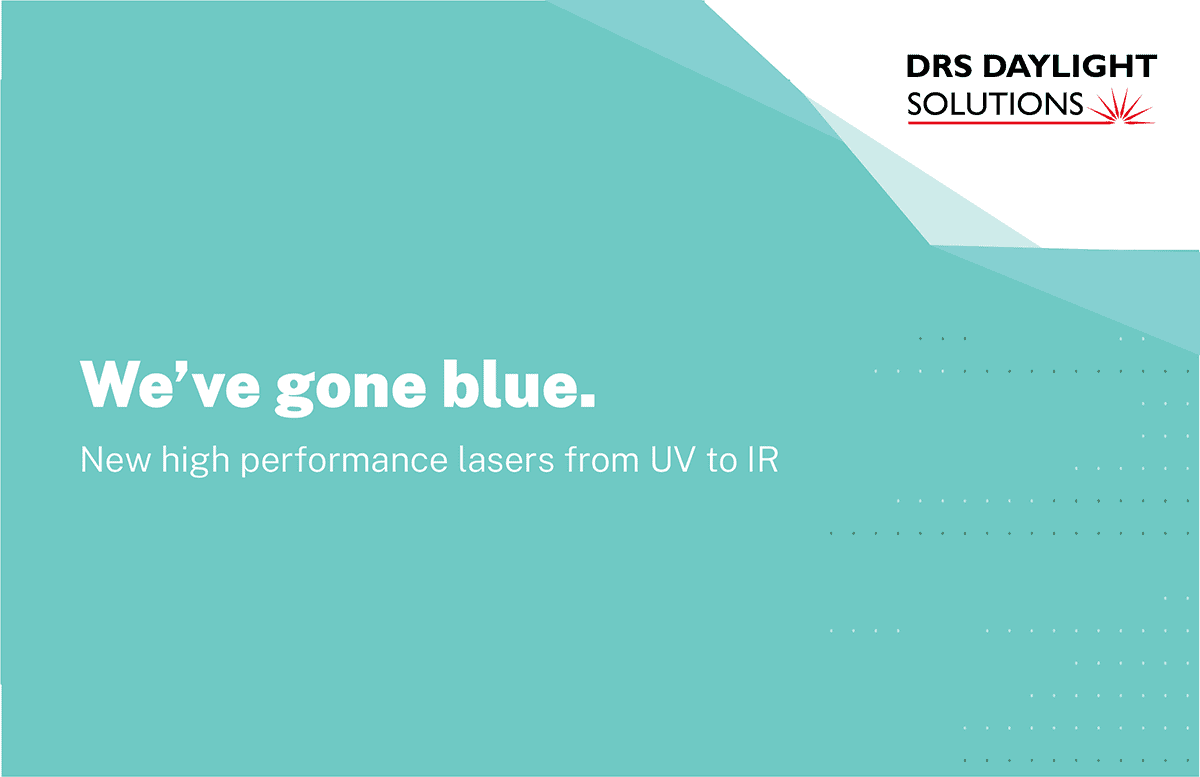
An efficient and semi-automated manufacturing process ensures that the external-cavity diode lasers used in the Stretto family are robust, compact and lightweight. The semiconductor devices are designed to endure harsh environmental conditions, including humidity, dust and extreme vibrations, allowing them to be used in rugged and long-life applications.
The Stretto family of lasers also provides the precision, flexibility and resilience needed in the rapidly evolving field of quantum technology. The devices are resistant to temperature and pressure fluctuations, stable under extreme conditions, and offer an extensive mode-hop-free tuning range. With unmatched precision and control, Stretto provides the reliability and adaptability needed for pioneering quantum applications.
- To find out more, visit DRS Daylight Solutions at BIOS booth #8240, Photonics West booth #3240, or Quantum West booth #7300
New lasers tackle emerging applications
HÜBNER Photonics will be showcasing an array of high-performance lasers that have been specifically developed for applications in nonlinear imaging, Raman spectroscopy, and quantum technology.
For the life sciences, the next generation of VALO femtosecond lasers, the Tidal, offers market-leading pulse durations of typically 40 fs with an output power of 2 W. The exceptional peak power, combined with the integrated dispersion pre-compensation unit, makes these lasers ideal for nonlinear applications such as high-harmonic imaging, broadband Terahertz generation, and nonlinear wafer inspection.
Also new for the life science market is the Cobolt 06-DPL 594 nm laser, which provides a continuous power output of up to 100 mW, direct modulation capabilities, and a compact footprint. The laser is easy to integrate into laser combiner options such as the C-FLEX, and as a standalone device it is particularly useful for exciting red fluorescent proteins.
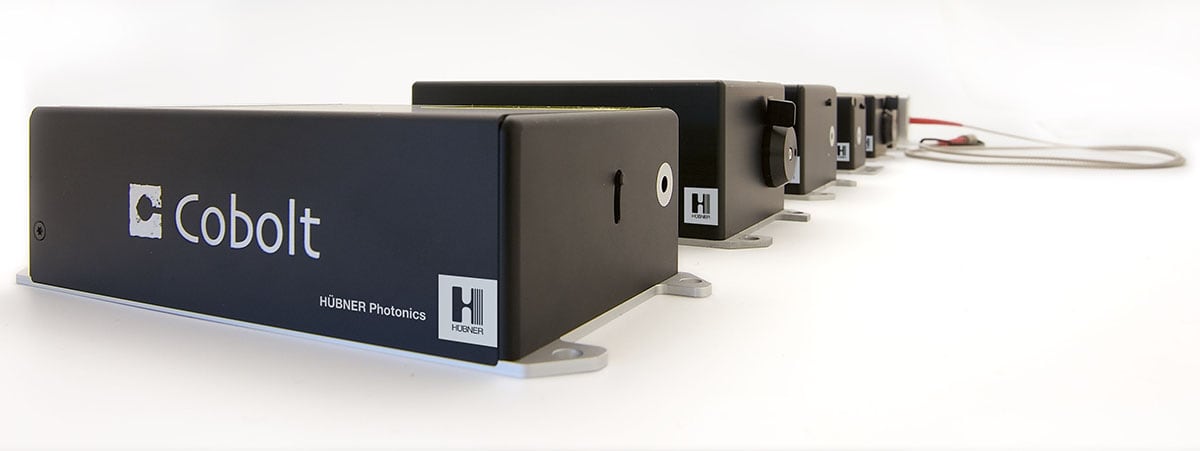
For Raman spectroscopy, the new Cobolt Disco 785 nm single-frequency laser delivers up to 500 mW in a perfect TEM00 beam. This new wavelength extends the Cobolt 05-01 Series platform, and features an innovative design that delivers the performance needed for high-resolution Raman spectroscopy measurements, including excellent wavelength stability, a linewidth of less than 100 kHz, and spectral purity better than 70 dB.
HÜBNER Photonics will also showcase a range of lasers for applications in quantum technology. The Cobolt Qu-T Series is a family of compact, single-frequency, tunable lasers operating at wavelengths of 707 nm, 780 nm and 813 nm. With a course tunability of 2–5 nm, narrow mode-hop-free tuning of below 5 GHz, a linewidth of less than 100 kHz and powers of 500 mW, the Cobolt Qu-T Series is ideal for quantum experiments based on atomic transitions and for generating entangled photon pairs through spontaneous parametric down-conversion.
Meanwhile, the new Ampheia Series of high-power fiber amplifiers are ideal for atom trapping experiments, boasting ultralow noise and single-frequency capability while also delivering 10 W, 20 W, and 50 W at 1064 nm in a perfect beam.
- For more information, visit HÜBNER Photonics at BiOS booth #8567 or Photonics West booth #3567
Cryogenic stages target quantum applications
SmarAct will be showcasing a series of closed-loop cryogenic stages that offer the precision and stability needed for quantum applications and fundamental research, particularly in ultralow temperature environments. Several models are available, each one optimized to meet specific requirements for travel, accuracy and mechanical strength.
The smaller stages are particularly suitable for more specialized positioning tasks, or where space is limited. However, these compact models maintain the same characteristics as larger stages in the series, including high accuracy, vacuum compatibility, and optional non-magnetic properties, which are critical for sensitive quantum experiments and applications.
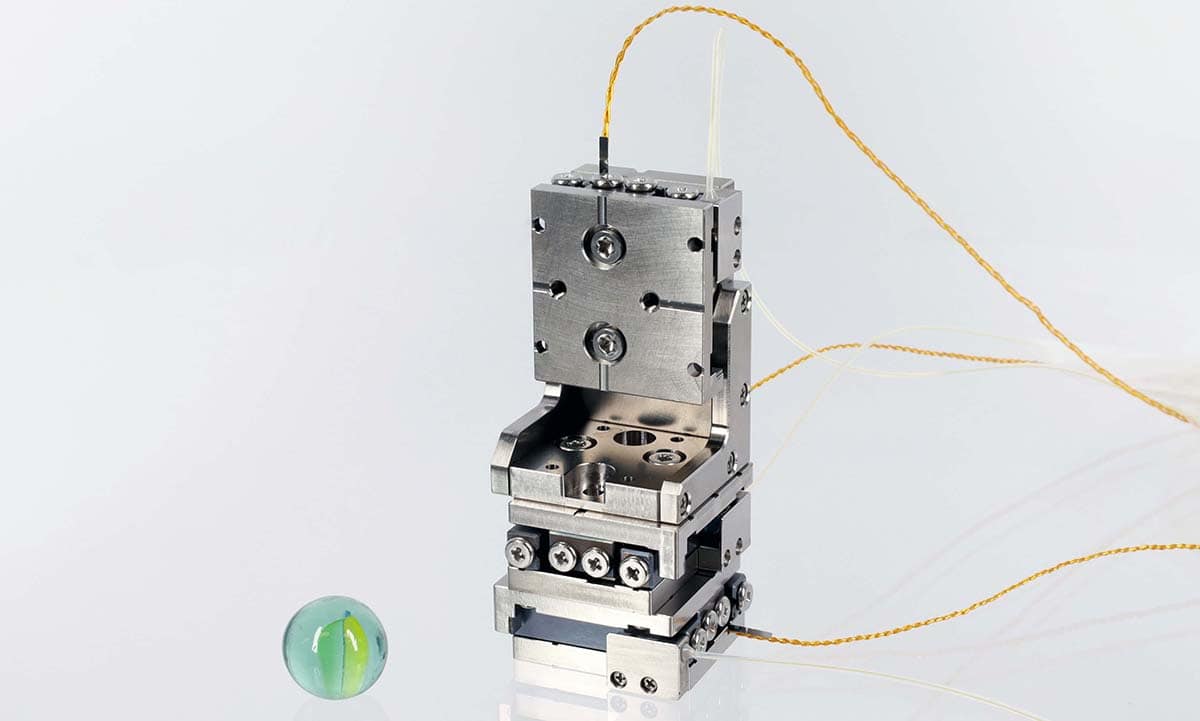
Each model in the series provides excellent closed-loop positioning performance under cryogenic conditions, including unidirectional repeatability in the nanometer range and resolutions of less than 0.5 nm. Such precise control is critical for experiments in 2D materials science, low-temperature quantum technologies, and other research fields where nanoscale positional adjustments are needed to achieve the desired experimental results.
While ideal for use in scientific research, positioning stages from SmarAct are also suitable for a variety of industrial and technological sectors. The range of sizes and capabilities ensures that one of the stages in the series will match the needs of the application, from small-scale laboratory experiments to larger industrial processes.
- To find out more, visit SmarAct at BiOS booth #8538 and Photonics West booth #3538
- SEO Powered Content & PR Distribution. Get Amplified Today.
- PlatoData.Network Vertical Generative Ai. Empower Yourself. Access Here.
- PlatoAiStream. Web3 Intelligence. Knowledge Amplified. Access Here.
- PlatoESG. Carbon, CleanTech, Energy, Environment, Solar, Waste Management. Access Here.
- PlatoHealth. Biotech and Clinical Trials Intelligence. Access Here.
- Source: https://physicsworld.com/a/photonics-west-lights-up-san-francisco/
- :has
- :is
- :not
- :where
- $UP
- 1
- 10
- 100
- 20
- 2024
- 25
- 27
- 2D
- 2D materials
- 320
- 40
- 50
- a
- About
- access
- accuracy
- Achieve
- achieved
- Achieves
- across
- active
- actual
- adapts
- added
- addition
- Adjusted
- adjustments
- advanced
- advances
- agency
- ahmed
- AIR
- algorithms
- alignment
- Allowing
- almost
- along
- also
- an
- analytics
- and
- Application
- applications
- AR
- ARE
- around
- Array
- AS
- astronomy
- At
- atom
- atomic
- attributes
- augmented
- Automated
- Automatic
- available
- based
- BE
- Beam
- become
- been
- below
- Better
- between
- biomedical
- Blue
- boasting
- both
- broadband
- built-in
- business
- but
- by
- camera
- CAN
- capabilities
- capability
- capable
- CCD
- Center
- centre
- challenge
- challenges
- characteristics
- City
- click
- collection
- combination
- combined
- compact
- Companies
- company
- Company’s
- compatibility
- compatible
- completely
- components
- computing
- Concern
- conditions
- Conference
- conferences
- Configuration
- Connect
- contact
- continuous
- control
- converge
- Cost
- course
- critical
- cryogenic
- customized
- data
- daylight
- decoupled
- dedicated
- delay
- delegates
- deliver
- delivering
- delivers
- Demand
- demanding
- Design
- designed
- desired
- develop
- developed
- device
- Devices
- different
- direct
- directions
- Director
- discuss
- Dispersion
- distributed
- diverse
- does
- drawing
- during
- Dust
- dynamic
- each
- easily
- easy
- efficiency
- efficient
- emerging
- emission
- enable
- enables
- enabling
- energy
- energy projects
- Engine
- engineered
- Engineering
- ensures
- environmental
- environments
- equipment
- erik
- especially
- established
- Event
- events
- evolving
- examine
- excellent
- exceptional
- exciting
- exhibit
- exhibition
- exhibits
- existing
- expanded
- experimental
- experiments
- Exploit
- exploits
- explore
- extends
- extensive
- extra
- extreme
- family
- Feature
- Features
- Featuring
- field
- Fields
- Find
- Flexibility
- flexible
- Floor
- flow
- fluctuations
- Focus
- focused
- Footprint
- For
- four
- Francisco
- Frequency
- from
- FS
- fundamental
- fusion
- generating
- generation
- globe
- Hardware
- Have
- heard
- height
- High
- high-performance
- high-profile
- high-resolution
- Highlighted
- his
- Horizontal
- HOT
- However
- http
- HTTPS
- hundred
- ideal
- image
- Imaging
- in
- Inaugural
- include
- Including
- increased
- industrial
- industries
- industry
- Industry Events
- industry’s
- information
- innovations
- innovative
- install
- instruments
- integrate
- integrated
- integration
- Intelligent
- Interface
- into
- intricate
- isolation
- issue
- IT
- ITS
- January
- Joins
- jpg
- just
- Kicks
- known
- laboratory
- Labs
- ladder
- larger
- largest
- laser
- lasers
- Last
- latest
- launched
- leaders
- LEARN
- learning
- less
- Level
- Life
- Life Science
- Life Sciences
- light
- lightweight
- Limited
- locations
- lock
- machine
- machine learning
- Main
- maintain
- maintaining
- maintenance
- major
- make
- MAKES
- Making
- manager
- Manufacturers
- manufacturing
- Market
- market-leading
- Match
- materials
- max-width
- Meanwhile
- measurements
- mechanical
- Meet
- Metrology
- Microscope
- Microscopy
- model
- models
- modes
- monitoring
- more
- most
- motion
- Motors
- moved
- movement
- mr
- much
- multiple
- musical
- name
- Natural
- Need
- needed
- needs
- New
- next
- no
- Noise
- Notes
- novel
- number
- of
- off
- offer
- offering
- Offers
- on
- ONE
- only
- open
- opening
- operate
- operating
- opportunities
- optics
- Optimize
- optimized
- Options
- or
- Other
- out
- output
- package
- pairs
- Parallel
- particularly
- passive
- pathway
- Peak
- perfect
- performance
- philosophy
- Physics
- Physics World
- Pioneering
- platform
- plato
- Plato Data Intelligence
- PlatoData
- Popular
- positioning
- power
- powers
- precise
- Precision
- predictive
- Predictive Analytics
- Presentations
- pressure
- probe
- process
- processes
- Product
- product manager
- Products
- Profiles
- Program
- programme
- projects
- properties
- proprietary
- Proteins
- provide
- provided
- provides
- pulse
- pumps
- quality
- Quantum
- quantum computing
- quantum technology
- range
- ranging
- rapidly
- ratio
- Reality
- Red
- reducing
- regular
- released
- reliability
- repeated
- require
- Requirements
- research
- resilience
- resistant
- Resolution
- Results
- robust
- Said
- same
- San
- San Francisco
- says
- scanning
- Science
- SCIENCES
- scientific
- Scientific Research
- Sectors
- sees
- semiconductor
- sensitive
- sensors
- Series
- service
- session
- sessions
- several
- Share
- showcase
- showcasing
- signature
- Silicon
- Simple
- single
- site
- sizes
- small
- smaller
- solution
- Solutions
- some
- sophistication
- Space
- specialized
- specific
- specifically
- Spectral
- Spectroscopy
- Stability
- stable
- Stage
- stages
- standalone
- Start-up
- steering
- straightforward
- strength
- such
- suitable
- Summit
- suppliers
- support
- Supported
- Supports
- system
- Systems
- tackle
- tailored
- Take
- Target
- targets
- tasks
- Technical
- techniques
- technological
- Technologies
- Technology
- than
- that
- The
- their
- Them
- There.
- These
- this
- thousand
- Through
- thumbnail
- thursday
- to
- Topics
- Total
- tracks
- transitions
- trapping
- travel
- true
- Tuesday
- turnkey
- typically
- under
- unique
- unit
- unmatched
- use
- used
- useful
- users
- Vacuum
- variety
- versatile
- vertical
- Virtual
- Virtual reality
- virtually
- vision
- Visit
- Visits
- vr
- W
- wavelengths
- we
- week
- weekend
- WELL
- West
- when
- which
- while
- wide
- Wide range
- will
- with
- Work
- world
- world-class
- world’s
- X
- xyz
- years
- yellow
- Yield
- yields
- zephyrnet

